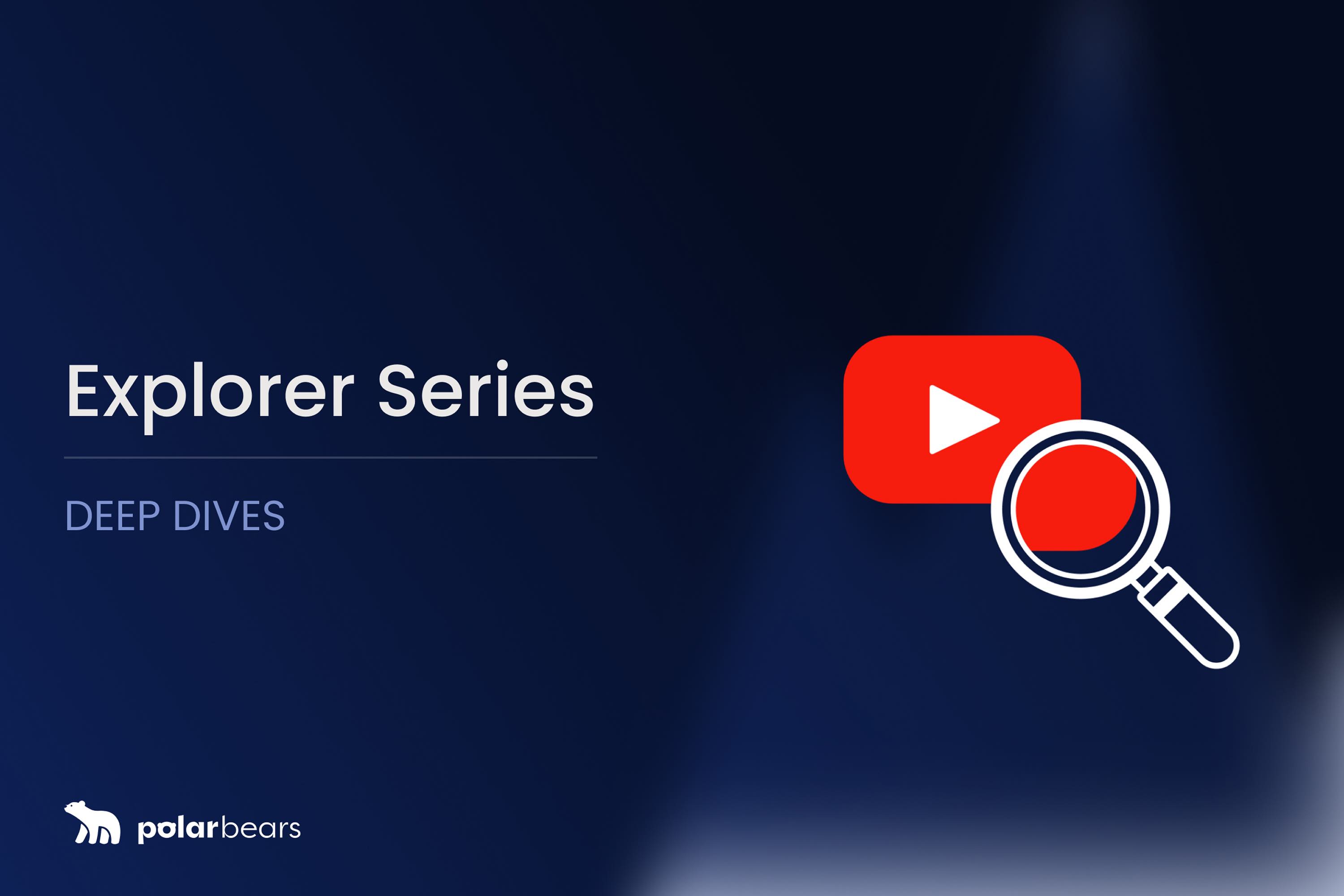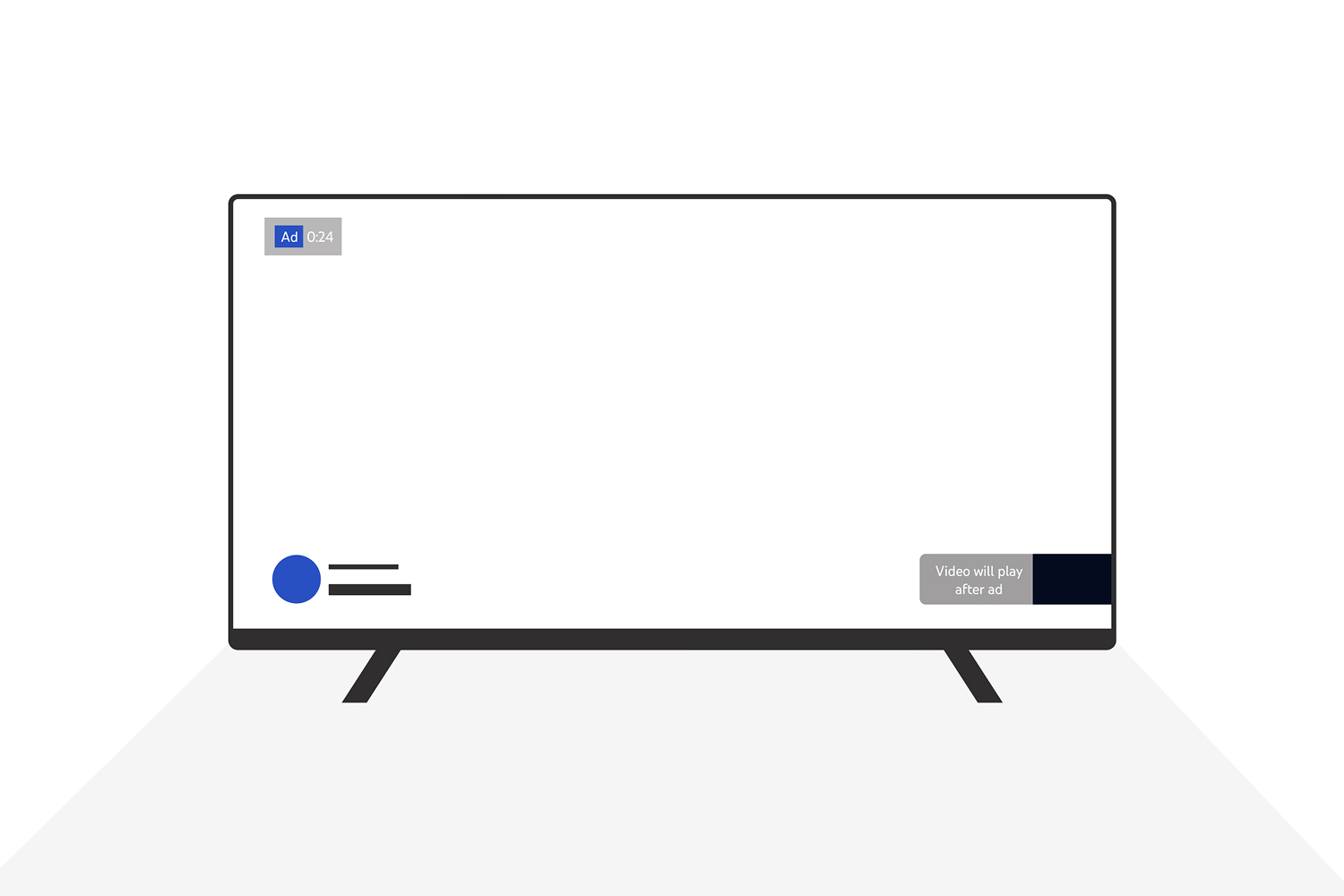The Polar Report #12

Welcome to The Polar Report, a curated view of what’s happening in the world of Digital Monetisation, Audience Development, and Measurement. This week we dive into YouTube’s updates for Shorts on CTV, Google creating a dedicated podcast site on YouTube, YouTube implementing automatic watermarks for Shorts, Twitch updating its rules on exclusive partners, and mobile ads' effectiveness at grabbing our attention.
Monetisation
YouTube is Working on an Updated Shorts Player for CTV
YouTube Shorts has been a major success, driving 30 billion daily views. Now, YouTube is expanding its reach by integrating Shorts into CTV (Connected TV) capabilities. The updated Shorts player will position the video frame at the center of the TV screen.
Other platforms, such as TikTok, are also exploring similar initiatives. YouTube reports that 75% of its users engage with Shorts, and this move aims to push that number closer to 100%.
From a monetisation perspective, CTV drives higher ad engagement. While Shorts itself does not allow direct ads, it serves as a gateway to drive traffic to longer-form content, where monetisation opportunities are stronger.
Full Article on Social Media Today
Audience Development
Google Creates a YouTube Site Dedicated to Podcasts
Podcasts have seen a surge in popularity, and YouTube is capitalizing on this trend by launching a dedicated podcast site. A survey of 3,000 consumers found YouTube to be the most-used platform for listening to podcasts, despite its primary focus on video.
Video podcasts enhance engagement by allowing audiences to visually connect with creators, see relevant images, and experience conversations more immersively. Longer video formats also provide more ad slots, creating additional revenue opportunities for creators and advertisers.
YouTube’s investment in podcasts signals its intent to solidify its presence in this growing market.
Full Article on Media Post
YouTube Implements Automatic Watermarks for Short Content
YouTube has announced that Shorts will now feature a watermark when downloaded. Rather than restricting content sharing, this ensures YouTube branding appears on competitor platforms like TikTok.
By watermarking content, YouTube aims to maintain brand visibility across social media. While creators operating across multiple platforms will still have original watermark-free files, this feature helps protect their content and direct viewers back to their YouTube channels.
Full Article on Digital Information World
Exclusive Twitch Partners Can Now Stream on Other Platforms
Twitch has lifted restrictions on exclusive streamers, allowing them to broadcast on rival platforms such as YouTube and Facebook. Previously, violating Twitch’s exclusivity rules could lead to fines or suspensions, creating pressure for streamers.
This change shifts the focus toward creator flexibility, providing a better work environment that could help Twitch retain top talent. It also allows Twitch creators to reach new audiences on other platforms, potentially increasing engagement and revenue.
YouTube, in particular, stands to benefit, as its live streaming service integrates seamlessly with long-form video content.
Full Article on Tech Times
Measurement
Are Mobile Ads Effective at Driving Attention?
Capturing consumer attention is increasingly challenging, with reports suggesting an ad must be seen seven times before it registers with viewers. A recent study by OMD Worldwide, Yahoo, and Amplified Intelligence examined the effectiveness of mobile ad formats.
The study, conducted with over 128,000 participants across the UK, US, and Australia, found that video ads drive the highest engagement:
- Interscroller and native pre-roll ads: 2.73 seconds of active attention.
- Mid-page unit and native image ads: 1.5 seconds of attention.
- Mobile banner ads: 0.6 seconds of attention.
- The results reinforce the value of video advertising, particularly within short-form content like TikTok and YouTube Shorts.
Full Article on Video Week
If you liked that why not take a look
Ready to maximise your YouTube revenue?
Get in touch and let’s begin exploring your channel’s hidden potential.










